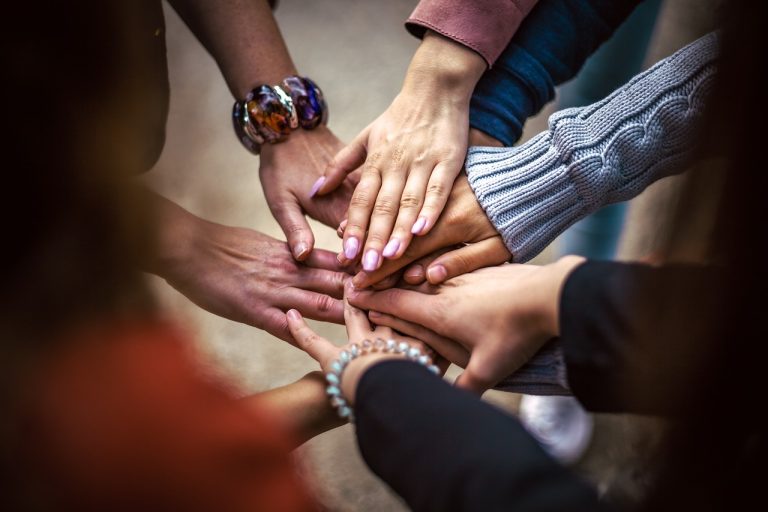The loss of a loved one is always a painful, heartbreaking experience. We’d give anything for one more chance to chat with them, to embrace them, to be in their presence. So the concept of loved ones communicating after death with us is a potent one. And it’s the subject of today’s IANDS Q&A.
For anyone interested in the idea of loved ones communicating after death, the subject of near-death experiences, or “NDEs”, is certainly a fascinating one. After-death communication is a common NDE characteristic—most NDEs include encounters with deceased loved ones or spiritual beings.
So are NDEs really proof of loved ones communicating after death? What does the science of near-death studies tell us about after-death communication? Or about the idea that the people we’ve lost can communicate with us in some way after they’ve departed?
What is ‘After-Death Communication’?
In the strictest academic sense, after-death communication (ADC) is a spontaneous phenomenon in which a living person has a feeling or sense of direct contact with a physically deceased person or animal. In other words, someone experiences something that they believe is proof of their loved ones communicating after death in some way, shape or form.
ADCs are quite common. In fact, a Pew Research study from 2023 found that 53% of U.S. adults say they’ve experienced loved ones communicating after death. They’ve been visited by deceased relatives in dreams, or felt their presence, or in some way directly or indirectly communicating with the deceased.
While women tend to report ADCs more than men, ADCs affect people of all ages, nationalities, ethnicities, and religious and cultural backgrounds. They’re experienced by people of all states of mental and physical health, and at every education and income level.
Long story short? Anyone can experience loved ones communicating after death. A slight majority of people are willing to openly admit to having these experiences, too. If you feel as though you’ve been communicated with by someone who is no longer living, you’re far from alone!
Loved ones communicating after death in near-death experiences
Encounters with deceased loved ones and other figures, including unrecognized beings and even religious figures, are quite common in near-death experiences.
This often involves communication that is typically “mind-to-mind”—they’re not communicating verbally, but through their thoughts. They might deliver a message, provide some form of information, or simply engage in some normal conversation, catching up. But this is a common feature in pleasurable NDEs.
Many experiencers report encounters with deceased pets, too. There have been many documented cases of people having NDEs and being reunited with lost dogs, cats, and other pets.
Is there scientific evidence of loved ones communicating after death?
After-death communication isn’t an idea that’s embraced by the mainstream science community. And to be fair, we can chalk up some instances of reported ADCs as mere coincidence. Cases of certain sights, sounds, or smells reminding someone of their loved ones. Through our grief, it’s rather easy to connect those dots. It offers us a bit of solace and reminds us of the joy we had in knowing those who’ve had such profound impacts on our lives.
In strictly scientific terms, there is no conclusive evidence supporting the idea of loved ones communicating after death with the mortal world. Though there are definitely quite a few questions science can’t yet explain. For instance, we can’t simply chalk up ADCs to hallucinations, which are often distressing and unrealistic.
The truth about ADCs? We don’t yet fully understand them, and resources to research them are limited. Organizations like the After-Death Communication Research Foundation study ADCs specifically, but we’re far from understanding them. We simply can’t say with any certainty if ADCs are real, or if they’re the byproduct of our grief, or something else entirely.
Explore the extraordinary with IANDS!
After-death communication is one of the many fascinating areas of research in the field of near-death studies. And at IANDS, we’re devoted not only to finding these answers, but to advocacy and outreach. Our mission isn’t just to research near-death experiences and related phenomena like ADCs, but to normalize conversations around these topics and engage more of the public in joining them.
With your help, IANDS can continue this important work. And maybe one day we’ll even find substantial proof of loved ones communicating after death. Please consider making a tax-deductible donation to IANDS or becoming an IANDS member today, and join our nonprofit in exploring the extraordinary.




